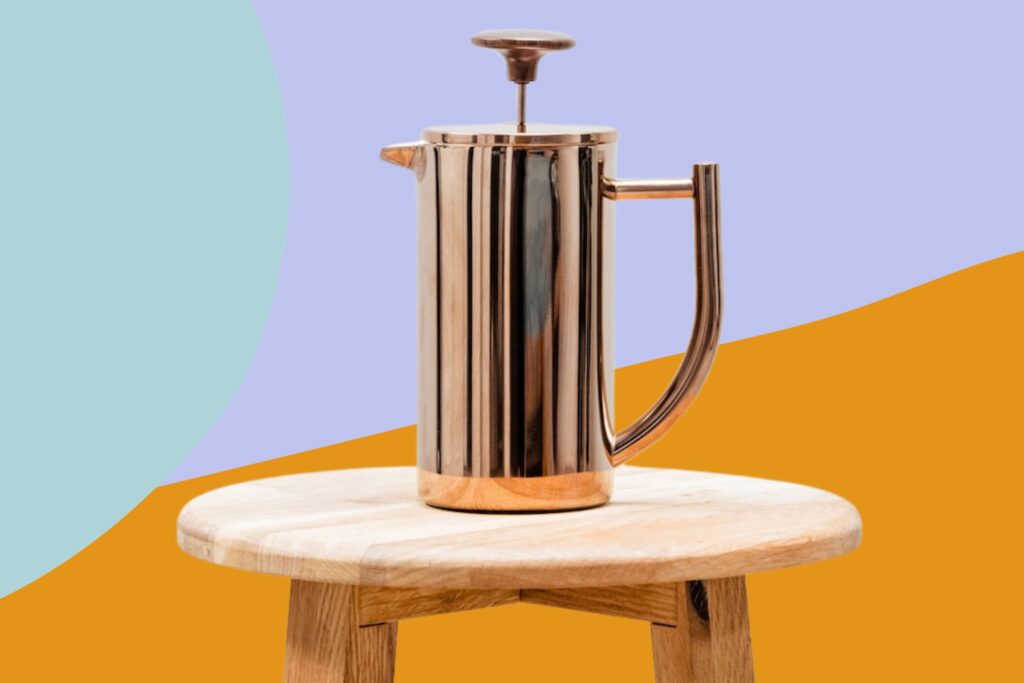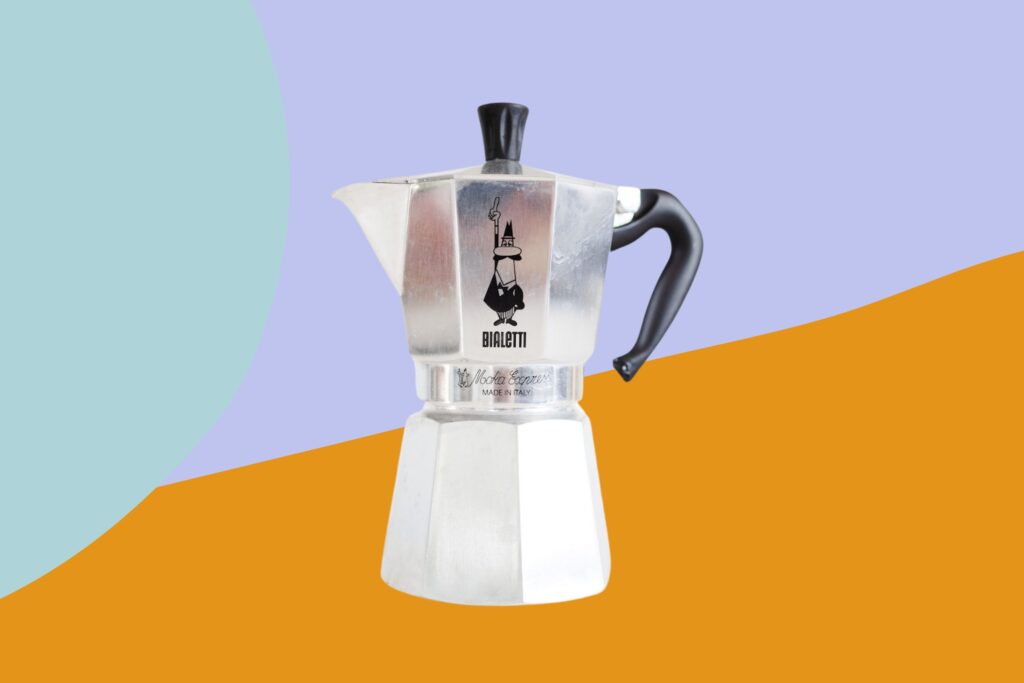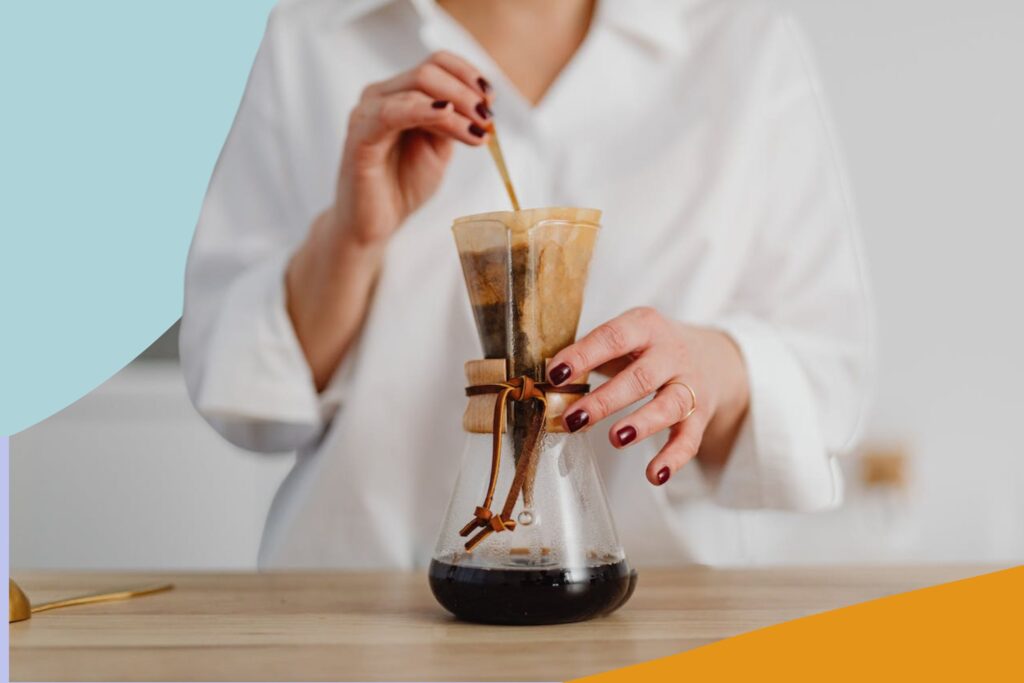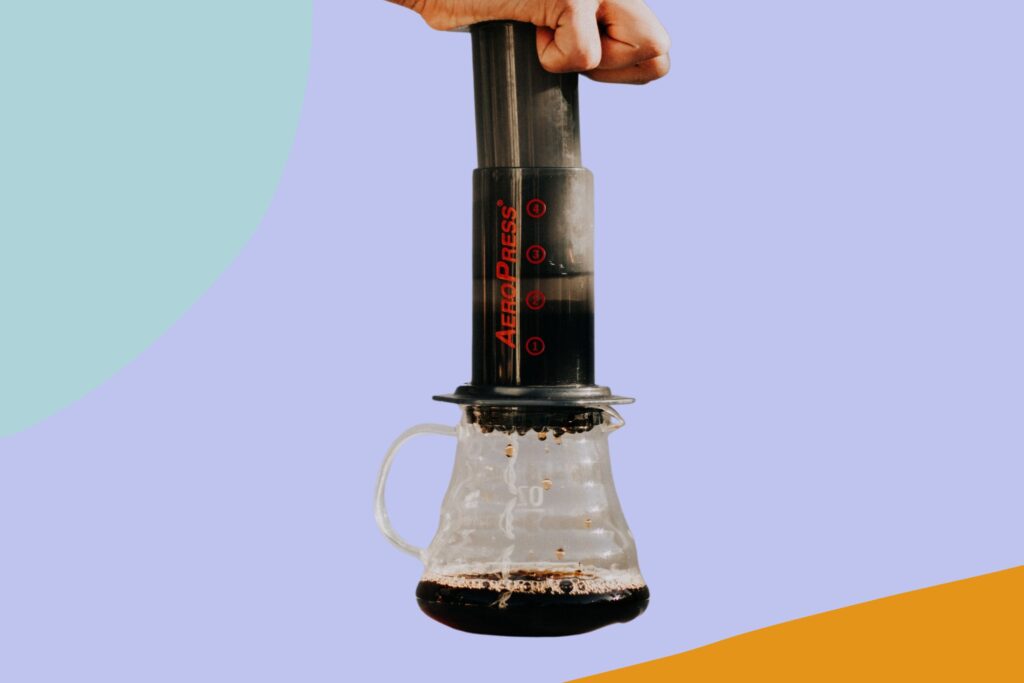The quest for the perfect cup of coffee is a journey that has captivated connoisseurs and casual drinkers alike for centuries. In Britain, where tea may traditionally reign supreme, coffee culture has firmly taken root, leading to a proliferation of globally popular brewing methods – both at home and in the café – each claiming to produce the ultimate cup of the good stuff.
Which Method Truly Does Deliver On Flavour?
From the robust percolator to the elegant cafetière, the options are as varied as the flavours they promise. But which device truly delivers the best-tasting coffee?
The Time-Honoured Percolator
The percolator, a stalwart of the coffee world, has been a fixture in kitchens since the 19th century. It operates on a simple yet effective principle: boiling water is cycled through coffee grounds until the desired strength is reached. This method is beloved by those who favour a strong, full-bodied coffee with a bold flavour profile.
However, the percolator’s very strength can be its downfall. The repeated cycling of boiling water can over-extract the coffee, leading to a bitter taste if not monitored closely. Additionally, the high temperatures can destroy some of the delicate flavour compounds in the coffee beans, resulting in a less nuanced cup than those which a more sophisticated coffee maker might produce.

The Sophisticated Cafetière
Enter the cafetière, known to some as the French press. This device is the epitome of simplicity and elegance. Coarse coffee grounds are steeped in hot water, then separated by a metal plunger with a fine mesh. The result is a rich and full-flavoured coffee that retains its natural oils and fine particles, contributing to a more complex taste.
The cafetière is often hailed for its ability to produce a cleaner taste than the percolator, with more clarity in the flavour notes. However, it requires a careful eye for detail, as the grind size, water temperature, and steeping time must be just right (four minutes generally does the trick) to avoid a muddy or overly bitter brew.
The Stovetop Moka Pot
The Moka pot (confusingly sometimes referred to as a ‘percolater’ or simply an ‘espresso maker) is a beloved fixture in many European homes and offers a middle ground between the espresso machine and less intense brewing methods. The Moka pot uses steam pressure to pass boiling water through coffee grounds, creating a strong and rich brew that is similar to espresso but has its own distinct character.
While it doesn’t produce the true crema of an espresso, the coffee from a Moka pot is often dense and has a layer of emulsified oils, which contribute to its bold flavour. It’s a relatively easy method to master and doesn’t require the investment of an espresso machine, making it a popular choice for those seeking a robust cup without the fuss.

The Modern Drip Filter
Not to be overlooked, the drip filter coffee maker is a modern classic that combines convenience with consistency. Water is heated to the optimal temperature before being evenly distributed over the coffee grounds. The resulting brew drips into a carafe, ready to be enjoyed. This method is favoured for its ability to produce a clean, balanced cup of coffee, especially when using paper filters that remove most of the coffee oils and sediments.
While the drip filter is efficient and user-friendly, some argue that it lacks the personal touch and customisation that manual brewing methods offer. The taste is often milder compared to the robust flavours achieved with a percolator or the rich complexity of a cafetière.
Read: How to make the best coffee using a drip coffee maker
The Artisanal Pour-Over
The pour-over method has gained popularity among coffee aficionados for its artisanal approach to brewing. It involves pouring hot water over coffee grounds in a controlled manner, allowing for a precise extraction that can be tailored to the individual’s preference. The pour-over method can highlight the subtle nuances of the coffee, making it ideal for those who appreciate the finer details in their cup.
However, this method demands patience and practice, as the pouring technique and the grind size need to be perfected to avoid an underwhelming or over-extracted coffee.

The Barista-Style Espresso Machine
For many, espresso is the purest expression of coffee. Enter the home espresso machine, a device that has brought the barista experience into the kitchen. These machines work by forcing hot water through finely-ground coffee at high pressure, resulting in a concentrated shot of coffee topped with a creamy ‘crema’. The espresso can be enjoyed as is or used as a base for a variety of coffee drinks, such as lattes and cappuccinos.
Home espresso machines range from the relatively simple to the complex, with features that can include built-in grinders, milk frothers, and even programmable settings. The key to a great espresso is the quality of the beans, the fineness of the grind, the tamping pressure, and the machine’s ability to maintain the correct water temperature and pressure. For those willing to master the technique, the home espresso machine can produce a cup that rivals that of the best coffee shops.
The Cold Brew Tower
For those who prefer a smoother, less acidic coffee, the cold brew method is a match made in heaven. The cold brew tower is a particularly striking method for making cold brew and often resembles a piece of laboratory equipment with its glass vessels and wooden frame. Ground coffee is steeped in room temperature or cold water for an extended period, usually 12 hours or more, and then filtered.
The result is a coffee concentrate that is often diluted with water or milk. This method produces a coffee that is very smooth and almost sweet in taste, with low acidity and bitterness. It’s an excellent choice for those who find other brewing methods too harsh on their stomachs or taste buds.
The Aeropress
A relative newcomer to the coffee scene, the Aeropress has quickly gained a cult following for its versatility and the excellent quality of coffee it produces. This device uses air pressure to push hot water through coffee grounds, resulting in a brew that has the richness of espresso and the clean taste of filter coffee.
The Aeropress is compact, durable, and simple to use, making it ideal for both home and travel. It’s also incredibly fast, capable of brewing a cup in about two minutes. With the ability to adjust variables such as grind size, water temperature, and brewing time, the Aeropress is a favourite among those who love to experiment and dial in their perfect cup. It’s also a fun tool for trying out new coffee recipes that push the boundaries of traditional brewing.

The Final Sip
The best-tasting coffee – one that’s truly been taken to dizzy new heights – is ultimately personal, and the ideal brewing device for one person may not be the same for another. The home espresso machine is perfect for those who love a rich, creamy shot of coffee or the foundation for milk-based coffee drinks. The Moka pot serves up a strong, traditional cup, while the cold brew tower offers a smooth and refreshing alternative. The Aeropress provides a quick, versatile, and flavourful brew, appealing to both novices and coffee veterans.
In the end, the best way to find your preferred brewing device is to try them out and taste the difference for yourself. Each method has its own charm and can bring out different aspects of your favourite beans. Subjectivity, hey? Anyway, this cop out of an answer gives you the perfect excuse to explore the diverse world of coffee brewing and discover which method stirs your senses most vigorously. And isn’t that the most welcome conclusion of all?




